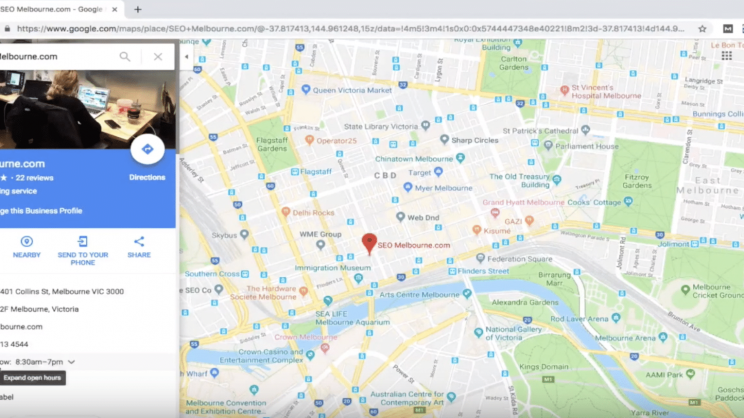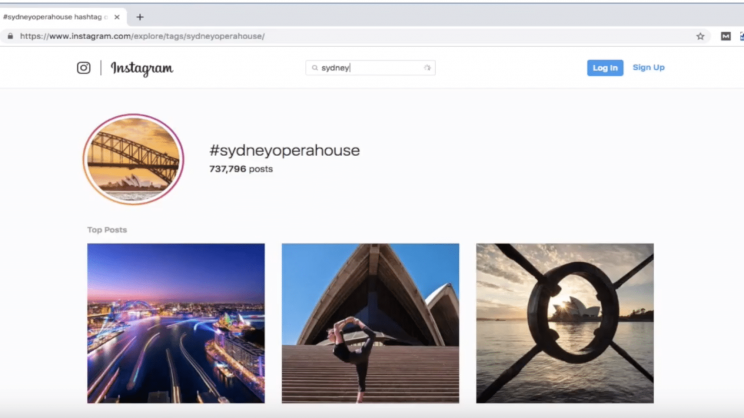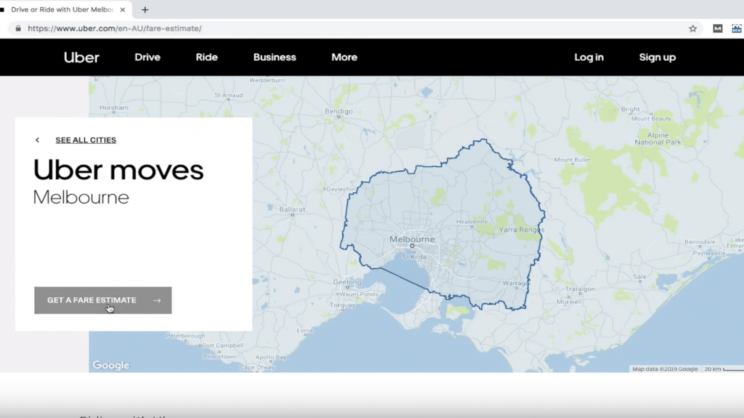In our “Internal and external linking: which is more important?” video we explained what internal links are and that if used well they can benefit your SEO rankings. In this video we will delve deeper into the details of internal linking and explain some of the terms and practices behind this important SEO tactic.
Internal linking helps Google understand the structure and hierarchy of your website, which in turn results in better rankings as search engine bots are more likely to ‘read’ your site in full.
When linking internally within your site, you need to remember to follow the structure and content hierarchy of your individual pages: home page is the most important, followed by category pages, then subcategory, and so forth. For example, when you’re writing a blog post about a new service you’re providing, you should make sure that when you mention keywords assigned to your home page and category pages, you link to them accordingly.
This practice is especially important when we take into consideration what SEO professionals call the ‘link juice’. Every page within your site has an amount of ‘juice’ to distribute, depending on how credible and highly ranked that page is.
For example, if you just created a page for a seasonal event, you might want to link to it from one of the highest ranking pages on your site. This will pass the credibility ‘juice’ from your well performing page to the new one which is only starting to establish its authority and ranking. This practice can be very useful for example if you have a special seasonal offer that you want your customers to know about.
So how do you ensure that you use the above tactics and link internally in the best way possible? To do that, it is important to know what anchor text is and how to use it. Anchor text is the piece of text which is visibly clickable and takes a user to another page, website or piece of content. Whenever you’re linking internally within your domain, you should make sure that the text you want to use as a link is relevant to the primary keyword of the page you’re linking to. This will ensure your pages rank higher for the keywords you want them to rank for. Otherwise, search engines will rank your pages for competing keywords, which is what you definitely do not want.
For example, imagine that you are a socks retailer and you just wrote a blog post your new product, and within it you link your users to your home page with the words ‘home page’, instead of your brand name for example. This will mean your home page from now on is being ranked for both your brand name AND the word ‘home page’, which is a waste of ranking potential. You should only link text which is the keyword you want your page to rank for.
Hopefully you now have a better understanding of what internal linking is and what are some of the best practices for using it within your domain. Internal linking is a crucial part of any SEO strategy and we at SEO Sydney recommend that you spend a substantial amount of time planning how you’re going to link within your domain. This will help search engines ‘read’ your pages more effectively, and therefore rank them higher.





